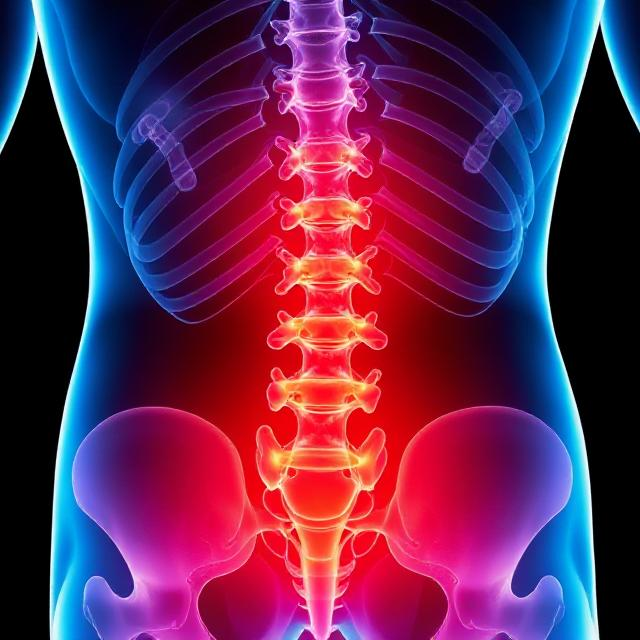What Is Chiropractic?


What is Chiropractic?
Chiropractic is a health care profession that deals with the disorders of human musculoskeletal system and the effects these disorders can have on the nervous system as well as general health. Chiropractors, also called chiropractic physicians, provide a hands-on, natural approach to correcting these disorders without the use of drugs and surgical procedures. While spinal adjustment – commonly referred to as ‘back-cracking’ – has become somewhat synonymous with chiropractic over the recent years, it is not the only treatment method in chiropractic health care, as there are often several layers to a chiropractic program, such as rehabilitative exercises and dietary counselling.
The spinal column is made up of a series of small bones called the vertebrae (singular: vertebra), separated by gel-like cushions called the intervertebral discs. One common disorder is subluxation, which is a condition in which a vertebra shifts and twists out of its normal position. Such misalignment can occur as a cumulative result of minor, repetitive stress, such as sitting with an incorrect posture for a long period of time, or as the aftermath of a major trauma, like falling down the stairs. In any case, the misalignment causes the affected vertebra to press on the intervertebral discs, which then swell and compress the surrounding nerves. This leads to inflammation of the nerves and impaired nerve function, resulting in pain. A skilled chiropractor would correct the misalignment with the application of a controlled force to the abnormal vertebra, which restores it to its original position, permitting normal nerve transmission and allowing the tissues to heal.
Here at Aligned, we practice the Gonstead System of Chiropractic. Named after its creator, Dr. Clarence Selmer Gonstead, it is a very specific and thorough technique for assessing and correcting the spine. It stresses the importance of precision and accuracy as its philosophy centers around the concept of ‘less is more’. It aims to yield the greatest results with the least amount of corrections, the key of which lies in identifying the most painless and effective course of manipulation required to rectify the perceived disorder. The goal is to guide patients onto the fastest and safest path to recovery without interfering with the natural functions of the human body and the body’s innate ability to recuperate on its own. In Dr. Gonstead’s words, “Find the subluxation, accept it where you find it, correct it and leave it alone.”



